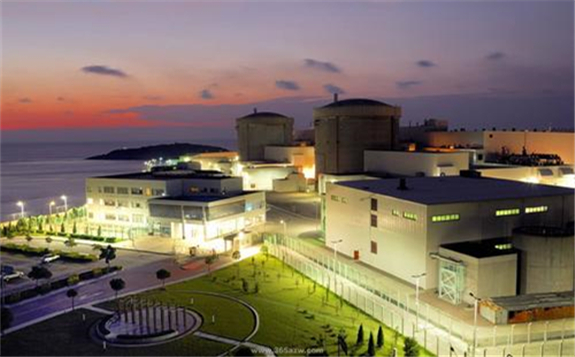The Moscow-based Central Design and Technological Institute (TSPI) has developed documentation for the construction of a complex for storage and preparation of used nuclear fuel at the Mayak Production Association in Ozersk. TSPI is an integrated company that consolidates the design and engineering divisions of the enterprises of Tvel Fuel Company.

Specialists from the Ural branch of TSPI used 3D modelling technologies, which made it possible to link the engineering solutions with the previously developed documentation and the current state of the facility under construction, which is expected to take used fuel from the AMB reactors at units 1&2 of the Beloyarsk NPP. The AMB reactor (Atom Peaceful Bolshoi) is a water-graphite channel reactor. The AMB-100 and AMB-200 installations, among the first power reactors in the world, operated at Beloyarsk until the end of the 1980s. Since then, used AMB fuel assemblies with different fuel burn-up have been stored in the Beloyarsk storage pools in the long-term conservation mode and at Mayak.
The construction of a modern used fuel management complex will make it possible to receive and safely store these assemblies and prepare them for reprocessing at the Mayak fuel regeneration plant.
The complex has been partially constructed at Mayak but the detailed design was not completed by the previous general designer, and work was suspended. Working documentation developed by TSPI will allow the construction of the complex to continue.
TSPI has sent Mayak a digital 3D model of the complex and a set of drawings for a number of technological and construction sections. In the future, TSPI plans to provide the rest of the detailed design to ensure to enable commissioning of the facility, said TSPI general director Mikhail Tarasov.
Once it is complete, Mayak will have achieved one of its key performance indicators - the ability to process the entire range of used nuclear fuel from power reactors, including long assemblies. The reprocessing of AMB used fuel is planned to begin in 2024.
The facility is being built within the framework of the Federal Target Programme “Ensuring Nuclear and Radiation Safety for 2016–2020 and for the Period until 2030” (FTP NRS-2)